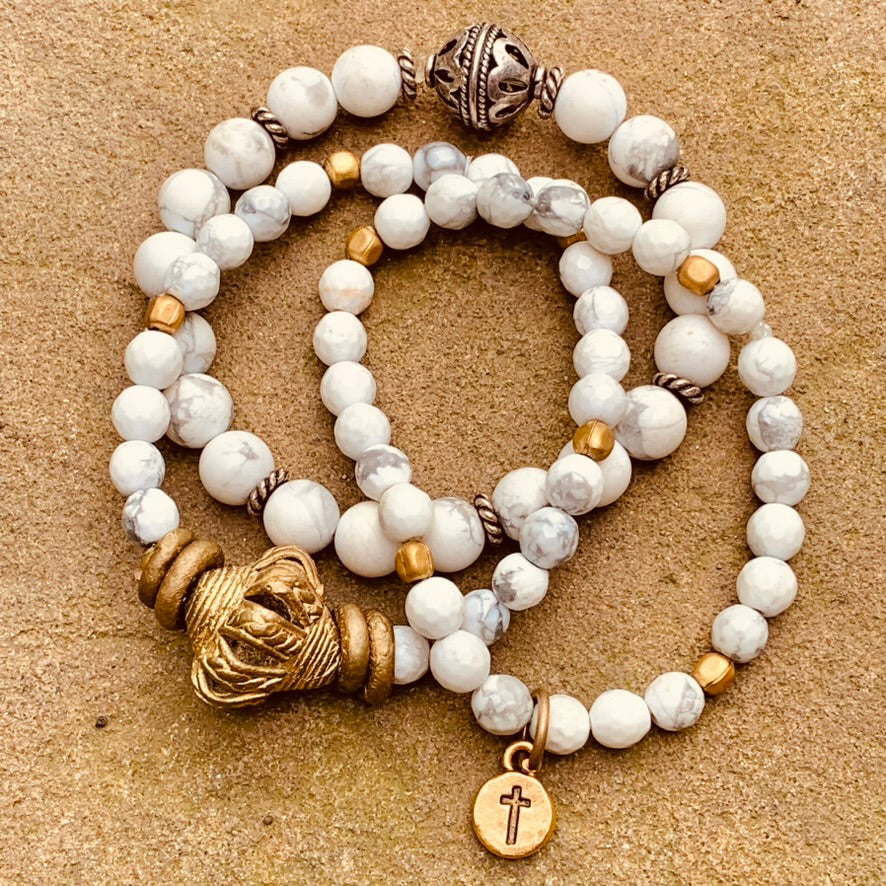How to Design a Cohesive Jewelry Collection that Sells

If you’re ready to take the leap from hobbyist to entrepreneur in the jewelry-making world, the first step is to create a cohesive collection that not only reflects your unique artistic vision but also appeals to customers. A well-thought-out collection enhances your brand identity and makes it easier for customers to connect with your work. Here’s how to craft a collection that stands out and sells:
1. Find Your Own Original Designs
It’s natural to be inspired by other artists, but the key to success is developing your own signature style. Rather than chasing fleeting trends, explore what excites you creatively. Do you love intricate bead embroidery, rustic metalwork, or delicate wire wrapping? Draw inspiration from nature, art, culture, or personal experiences to create jewelry that is unmistakably you. By staying true to your artistic voice, your work will have a unique appeal that sets you apart from mass-produced jewelry.
2. Select Pieces That Work Together
Once you’ve designed several pieces, curate them into a collection that has a unifying theme. This could be centered around materials, such as pearls and leather, or a specific aesthetic, like bohemian elegance. A collection should feel like it belongs together rather than being a random assortment of pieces.
For example, if your designs feature organic, nature-inspired motifs, ensure that each piece complements the others through similar textures, materials, or color schemes. This makes your work more recognizable and easier for customers to style.
3. Offer Variety Within the Collection
A successful collection provides customers with multiple styling options while maintaining cohesion. Within each collection, consider including:
-
Necklaces in different lengths, from chokers to long pendants.
-
A mix of bold statement pieces and delicate, everyday wear.
-
Earrings and bracelets that complement (but don’t necessarily match) the necklaces.
-
Stackable or layerable designs to encourage multiple purchases.
For instance, if you design a pearl-based collection, you might include:
-
A chunky pearl and leather statement necklace.
-
A delicate single-pearl choker.
-
Coordinating pearl drop earrings and stackable pearl bracelets.
This approach not only enhances the customer’s shopping experience but also increases your sales potential, as buyers are more likely to purchase multiple pieces that work well together.
4. Offer a Range of Price Points Without Undervaluing Your Work
While it’s important to make your jewelry accessible, avoid pricing too low, as it can devalue your craftsmanship. Instead, offer tiered pricing that allows customers to start small and build a collection over time.
For example:
-
High-end statement earrings: $95
-
Mid-range simple designs: $48
-
Avoid mass-producing cheap earrings in the $12-$20 range, as they can diminish the perceived value of your work.
A tiered approach encourages buyers to invest in your brand while giving them a stepping stone to higher-priced pieces in the future.
5. Make Your Jewelry Adjustable and Inclusive
Customers come in all shapes and sizes, and your designs should reflect that. Consider:
-
Adding necklace extenders to accommodate different neck sizes.
-
Offering multiple earring findings (e.g., French wires, studs, clip-ons) to suit customer preferences.
-
Providing resizing options for bracelets and rings.
Having customization options can be the deciding factor in making a sale. Just ensure that custom orders require a deposit or full payment upfront to avoid being left with unsellable, modified pieces.
By creating a cohesive, well-structured collection, you establish a strong brand identity and make it easier for customers to fall in love with your work. In the next installment of this series, we’ll dive deeper into pricing strategies to ensure you’re not only selling but also making a profit. Stay tuned!
- Dawn LiVigne